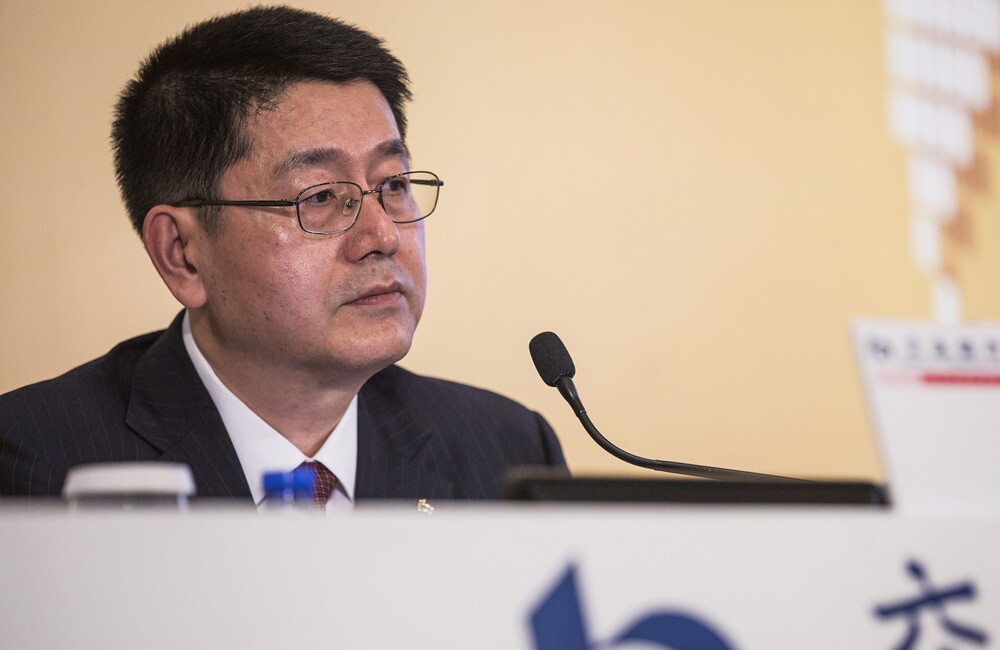Declining foreign investment by China’s sovereign wealth funds should have only a limited impact on their role in the global SWF investment space, according to a report from Global SWF, a data platform that tracks global sovereign wealth funds and public pension plans.
To avoid being caught up in the crossfire of U.S.-China tensions, China’s sovereign wealth funds have adjusted their overseas investment strategies to make room for more domestic assets. But with 31 percent of the world’s total SWF-managed capital, China will be difficult to ignore, and the report says that the country “will continue to attract the attention of international observers.”
According to Global SWF, part of the concern about global investments on the part of Chinese SWFs arises from the aggressive stance toward China by the Committee on Foreign Investment in the United States (CFIUS). This has resulted in a skittishness that has caused the number of Chinese investments requiring a CFIUS review to drop from 57 cases per year during the 2016-2018 period to 28 in 2019 and 22 in 2020, according to data from the New York-based law firm of Skadden, Arps, Slate, Meagher & Flom.
One company that has felt the regulatory headwinds from the U.S. is China Investment Corporation (CIC), a state-owned enterprise that manages a $1.2 trillion sovereign wealth fund, the nation’s largest. In its latest annual report, the firm said that its overseas investment business “faces a rapidly changing post-pandemic international landscape.” It posted a 14.07 percent return on its international investments in 2020, down from 17.4 percent in 2019.
Another factor that has led to a decline in foreign investment by Chinese SWFs is the high turnover rate of executives in the leading funds. CIC, for example, was forced to reshuffle its leadership team last year as several senior investment professionals left for other opportunities. According to Diego López, managing director at Global SWF, this has forced these firms to adopt a more passive investment strategy.
Nevertheless, Global SWF notes that the sheer size of Chinese sovereign wealth funds is simply too big to be overlooked by the markets, even if these funds have started moving their investments away from the United States. The country’s four biggest SWFs — including those managed by CIC, SAFE Investment Company, NSSF, and HKMA — are all among the world’s top-10 largest sovereign wealth funds, and China “continues to be the world’s largest country in terms of SWF-managed capital (31 percent of the world’s total) and foreign exchange reserves (25 percent of the world’s total),” the report said, adding that Europe could be the next investment destination for China’s SWFs.
Apart from size, another major difference between SWFs in China and other countries “is that China is also an important inbound territory, and some of the SWFs therefore have important domestic portfolios,” Diego told II in an e-mail. “This is fairly different [from] the case of the Middle East or Norway, where the domestic economies don’t have [as much] capacity for absorption and the SWFs have most of their investments overseas.”
Global SWF believes that in order to find growth opportunities in the current low-rate environment, China’s SWFs may consider diversifying into private asset classes, such as private equity, venture capital, and hedge funds. “The asset allocation [of China’s SWFs] has remained fairly stable in the past few years,” López said. “But we expect some changes and, most likely, an increase in the weight of alternatives, as SWFs seek higher yield in the years to come.”







